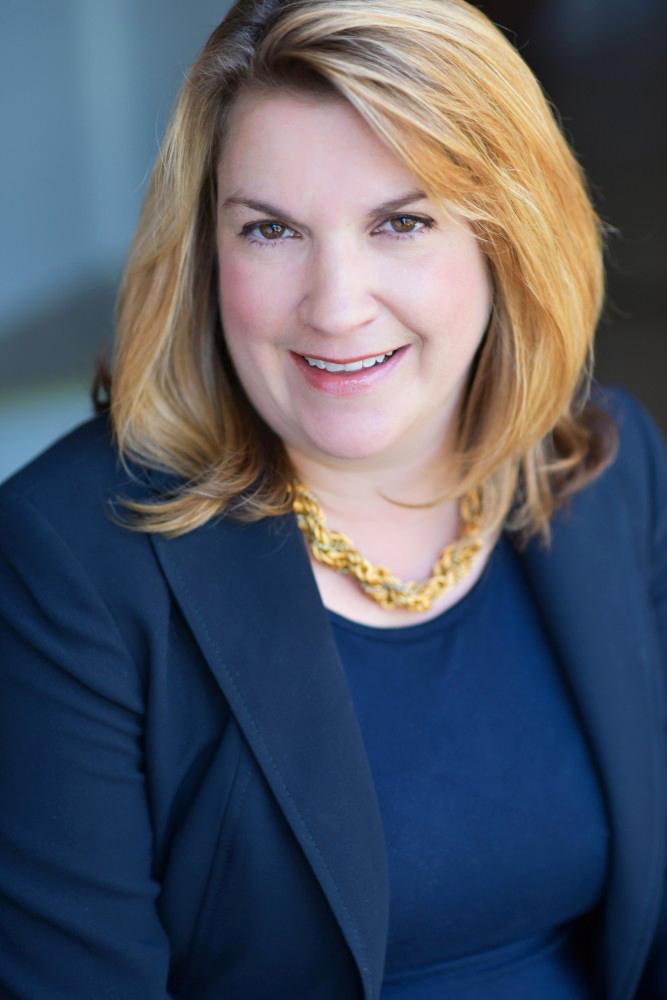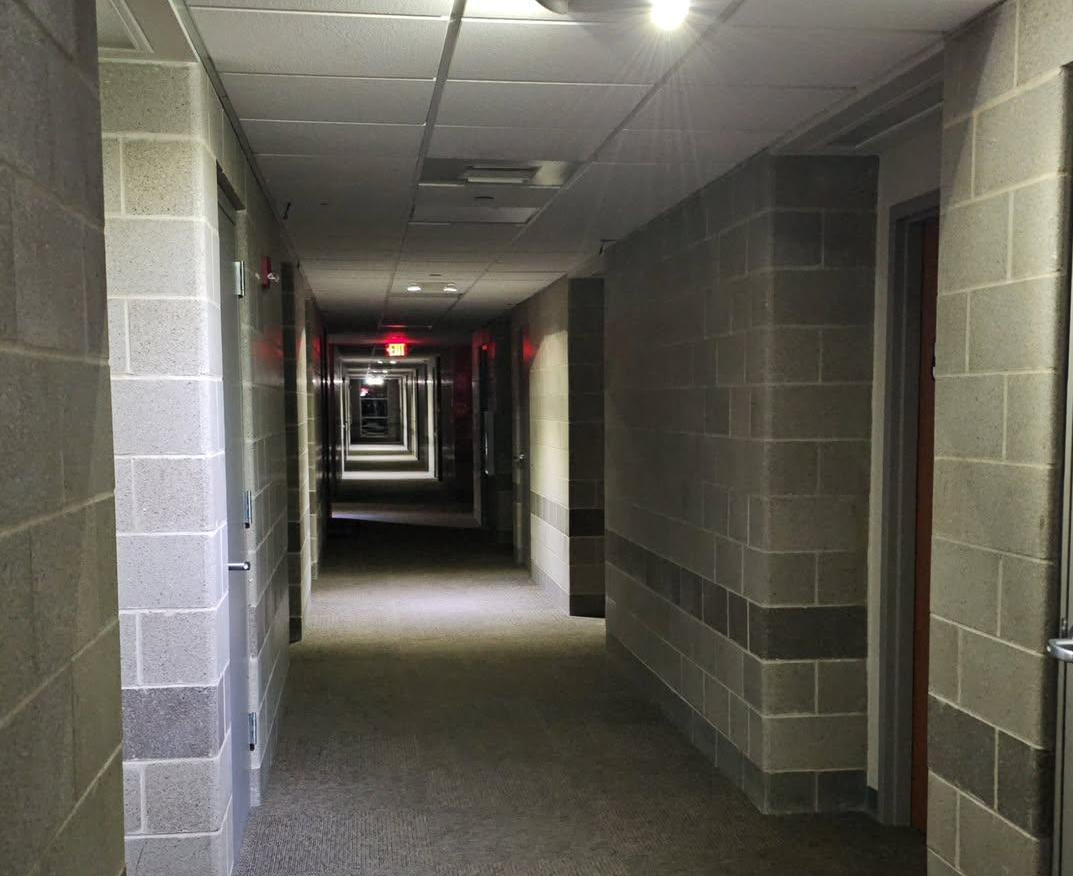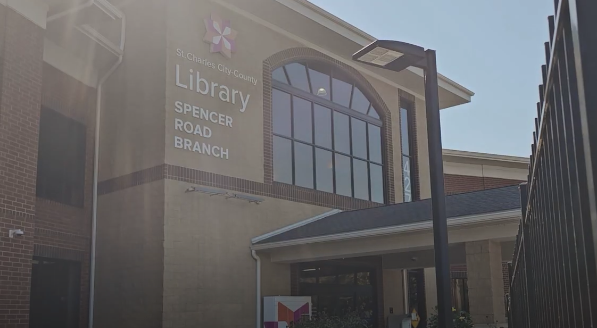MEGAN COURTNEY | Reporter
A Lindenwood professor is fighting to ensure funding for more counselors in public schools across Illinois.
The state is one of the worst states regarding the ratio of counselors to students, according to a September CBS St. Louis article.
School of Counseling Program Chair Sarah Patterson-Mills said the ratio for school counselors to students isn’t meeting the required model of 1-250 in the state of Illinois, where the average ratio is 1-644.
Patterson-Mills helped write a bill that added funding to Illinois schools for more counselors to be available to students.

Photo courtesy of Lindenwood University
The bill, which went into effect on Aug. 28 , increases the number of school counselors to deliver services that students need to be able to succeed. Patterson-Mills said that school counselors help provide career, academic, social and emotional assistance to students in the schools.
She also said that test scores and attendance increase and behavioral issues decrease.
According to a Lindenwood press release, the State General Assembly passed another bill in August that would reformulate the way Illinois schools from kindergarten through high school are funded.
“Every Student Succeeds Act is reformulating funding in the schools,” Patterson-Mills said.
The Every Student Succeeds Act was signed by President Obama in 2015 and replaced No Child Left Behind, according to the Department of Education’s website. The new law “builds on key areas of progress in recent years, made possible by the efforts of educators, communities, parents and students across the country.”
Patterson-Mills also said that Chicago-area schools have a fair number of counselors available to their students, but the southern part of Illinois is not as consistent.
According to the summary of the White Paper that the language was drafted on, “School Counselors are vital for all students’ successes, when afforded the necessary district resources.”
The document also states that the positive impact of the school counsel on student achievement has been evident for decades.
“I would like to see the 1-250 ratio,” Patterson-Mills said. “But what is realistic is cutting the 644 in half. Making K-12 counselors widely available is important because development needs to start far earlier than in high school.”









